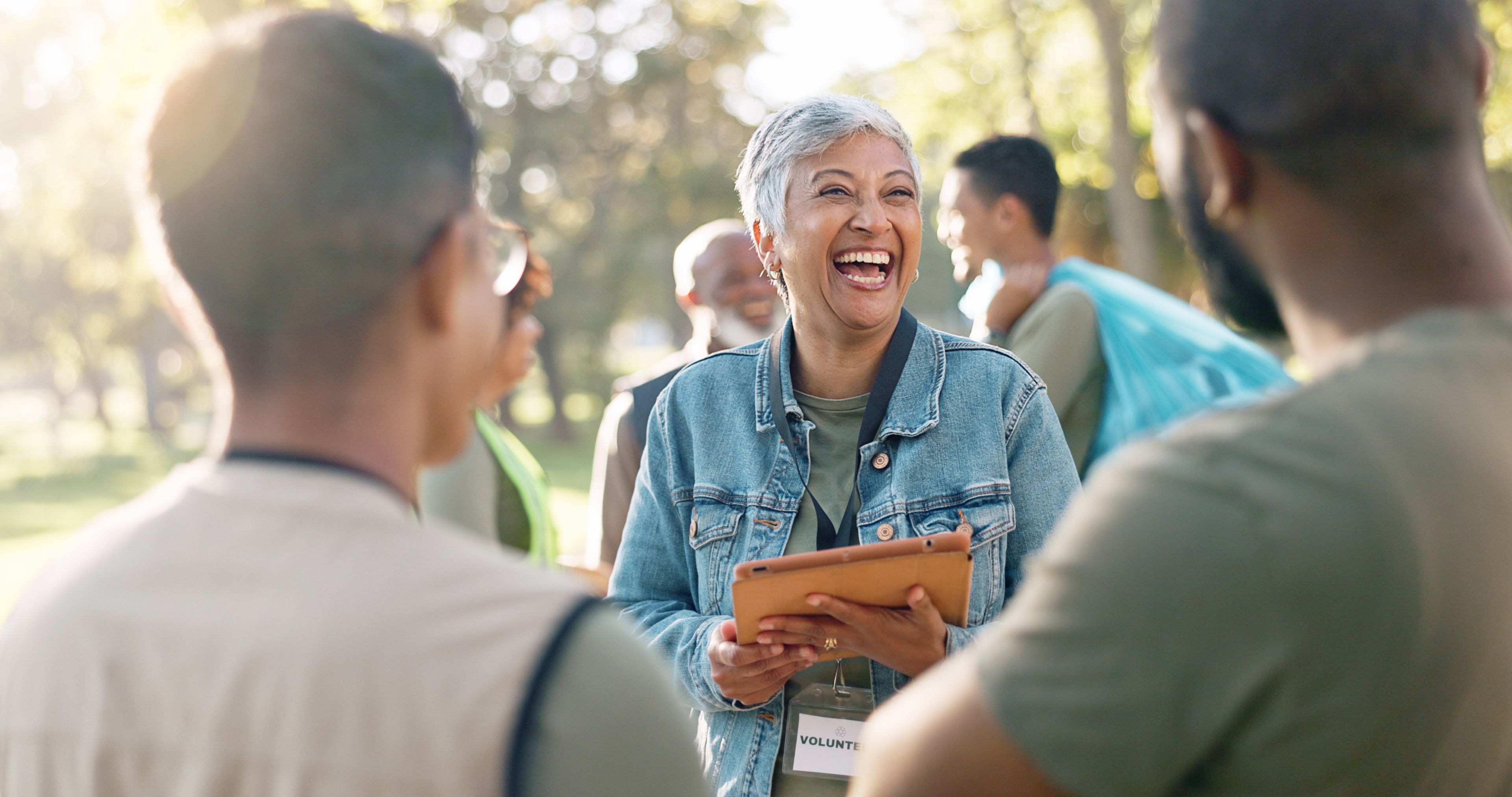
Patients
Social Interaction After Burn Injury
Changes in appearance can make social situations challenging, but there are ways to build confidence and connection.
Many burn survivors worry about how others react to their appearance. Learning how to handle curiosity, comments, and stares—and knowing what to expect—can make social interactions feel more comfortable and empowering.
Find a Burn Center Near You
Signs You Might Be Struggling
It’s normal to feel uneasy in social settings after a burn injury. Some survivors may:
Treatment and Support Options
Support Programs and Resources
Phoenix Society’s SOAR Program: One-on-one peer support from burn survivors and families.
Beyond Surviving: A free, online course with tools for rebuilding confidence and managing social situations.
Phoenix Society Weekly Chat: Peer support discussions every Wednesday from 9:00–10:30 p.m. EST.
Burn Team Members: Can offer counseling or peer support guidance and referrals.
Social Skills Training
Programs like 3-2-1-GO! and the STEPS strategy (see next section) help survivors practice and feel more prepared for public settings.
Behavioral skills training can improve comfort in school, work, or social events.
Practicing responses and role-playing can ease the fear of unwanted attention.
Confidence Strategies for Social Situations
The “STEPS” strategy, developed by burn survivor Barbara Kammerer Quayle, can help build confidence:
Self-talk: Encourage yourself with positive messages like, “I meet people easily and feel comfortable.”
Tone of voice: Speak warmly and clearly.
Eye contact: Make brief eye contact—it shows confidence.
Posture: Keep your head high and shoulders back.
Smile: A genuine smile invites connection.
Use STEPS in all social situations—from greeting a cashier to meeting someone new.

How to Respond to Others
If someone stares:
Remember—curiosity is common.
Smile and say “Hi.” A friendly greeting often ends the stare.
If someone asks about your burn injury:
You’re in control. Share only what you’re comfortable sharing.
Try the “three-sentence strategy”:
1. “I was burned in a house fire.”
2. “I’m doing better now.”
3. “Thanks for asking.”Rehearse your version until it feels natural.
If someone teases you:
Stay calm—count to 10.
Stand tall and walk away.
Respond confidently if needed: “Why would you say that?” or “You must be having a tough day.”
Respond in ways that reflect your strength and values—use humor or shift the conversation if that feels right.